Keeping energy options open, Tri-State eyes coal-fired power plant to supply current membership
Environmentalists argue Holcomb 2 expansion unnecessary to meet future demand
“We serve 44 co-ops in four states over 200,000 square miles,” Tri-State spokesman Jim Van Someren said Thursday. “That is our one-and-only mission and our board doesn't have any intention or any philosophy to operate outside of that mission.”
Tri-State provides power to member-owned rural electric cooperatives in Colorado, New Mexico, Nebraska and Wyoming. Eighteen co-ops currently get power from Tri-State in Colorado – making it the state's second largest power supplier behind only publicly owned Xcel Energy.
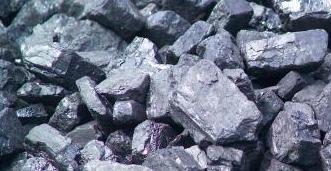
“We would not invest in any sort of generation resource to meet demand outside of our membership. It's not in our operating philosophy. It's not in our corporate business model. So that just doesn't reflect accurately at all,” Van Someren added.
He was responding to concerns that Tri-State's interest in the proposed Holcomb 2 coal-fired power plant expansion just over the Colorado state line in Kansas is unnecessary because the company can meet its member's needs through natural gas and renewable sources.
Prior to a Monday meeting at Tri-State's headquarters in Westminster to get public feedback on its ongoing resource planning process, there was concern among environmentalists that such an investment might lead to Tri-State selling electricity outside of its membership.
Bruce Driver, a consultant and former executive director for Western Resource Advocates, says he feels Tri-State on Monday adequately addressed his concerns about the company possibly expanding the scope of its mission. He was particularly worried about Policy 506, which was approved by Tri-State's board of directors.
“Tri-State says that [Policy 506] is intended to clarify that Tri-State provides power at wholesale to its members across state lines,” Driver said. “Apparently, Tri-State is trying to assert its authority to charge all of its members, wherever located, the same ‘postage stamp' rate for power, so that it can implement in 2013 its new rate design.
“Tri-State explained that Policy 506, which we had heard authorized Tri-State to become a wholesale power provider serving needs beyond the Tri-State membership, is not intended to do this.”
The proposed 895-megawatt Holcomb 2 expansion is primarily a project of Kansas-based Sunflower Electric Power Association, which has won approval from state regulators there but is being challenged in court by the Sierra Club.
Tri-State is listed among the project participants, but Van Someren said the company is simply keeping its options open.
“We're not really moving forward with (Holcomb 2),” he said. “We haven't made any further commitment toward it. We are monitoring that. We're certainly staying abreast of the situation, sharing information, getting information from Sunflower. But we have made no commitment and we're not moving forward on that as of today, nor do we have any immediate plans to.”
Driver said Tri-State's own resource acquisition plan shows the need for a new coal unit in only one out of 24 models, and that one scenario only calls for 302 megawatts by 2027, whereas Tri-State's share of Holcomb 2 would be 695 megawatts.
Asked if there is a Tri-State business plan calling for the company to actively recruit more cooperatives to create more demand, Van Someren said “none whatsoever.” Tri-State has been at the 44-member level since 2000.
“There are folks out there that would like us to take coal off the table and at this point in time we are not willing to do that,” Van Someren said. “We're not willing to do it with natural gas. We're not willing to do it with renewable. We're not willing to do it with nuclear. We are adamant about keeping all options on the table at this point. That said, we have not made any commitment to any of them.”
![]() 0 Comments on "Keeping energy options open, Tri-State eyes coal-fired power plant to supply current membership"
0 Comments on "Keeping energy options open, Tri-State eyes coal-fired power plant to supply current membership"
Be the first to comment below.


 Vail Town Council to weigh new plan to redevelop T...
Vail Town Council to weigh new plan to redevelop T... 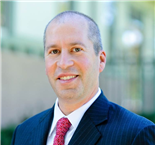 All about indexes
All about indexes 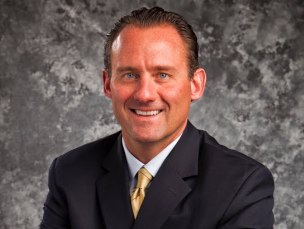 Transforming your social security into a winning r...
Transforming your social security into a winning r...  Pass sales, real estate transactions, revenues inc...
Pass sales, real estate transactions, revenues inc... 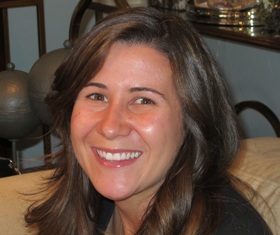 Vail Valley native with passion for Biophilic inte...
Vail Valley native with passion for Biophilic inte... 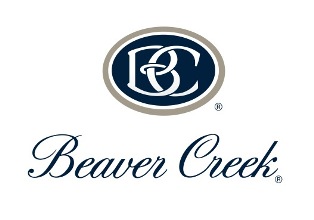 Beaver Creek starts work on new summer activities
Beaver Creek starts work on new summer activities  Land Trust, ECO Trails, Vail Resorts team up to cl...
Land Trust, ECO Trails, Vail Resorts team up to cl...  EUROVISION named Host Broadcaster for 2015 World A...
EUROVISION named Host Broadcaster for 2015 World A...  Vail Resorts brings back Lindsey Vonn's 'School of...
Vail Resorts brings back Lindsey Vonn's 'School of...  Hundreds turn out for 2015 World Championships vol...
Hundreds turn out for 2015 World Championships vol...  Eagle County Senior Health Expo and 9th Annual Hea...
Eagle County Senior Health Expo and 9th Annual Hea...  Final race of Vail Mountain Trail Running Series s...
Final race of Vail Mountain Trail Running Series s...  Before you write your will ...
Before you write your will ...  2015 World Ski Championships volunteer recruitment...
2015 World Ski Championships volunteer recruitment... 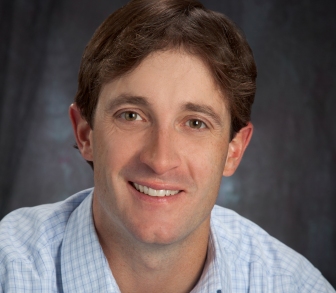 Ascent Sotheby’s International Realty in Vail an...
Ascent Sotheby’s International Realty in Vail an...  CDOT outlines road closures for local stages of US...
CDOT outlines road closures for local stages of US...  Italian artist creates unique trophies for Vail, B...
Italian artist creates unique trophies for Vail, B...  Vail Recreation District once again hosting Jake W...
Vail Recreation District once again hosting Jake W... 

